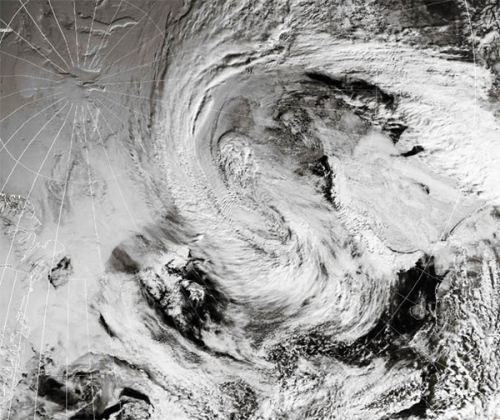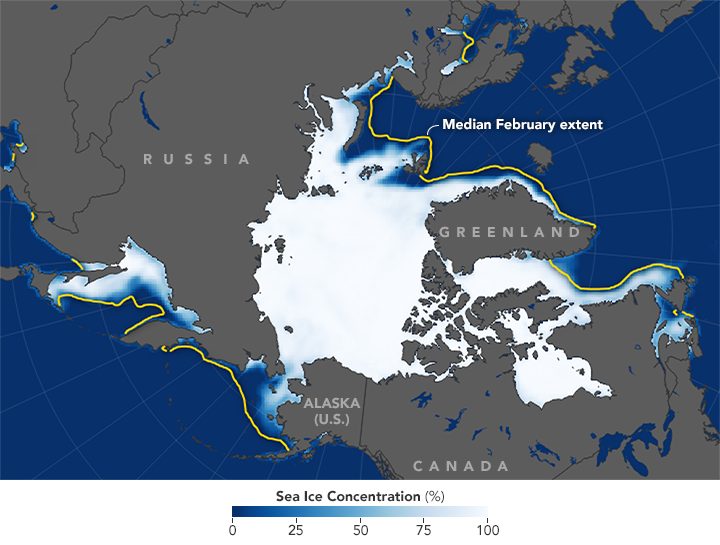by Deep Green Resistance News Service | Apr 6, 2013 | Climate Change, Mining & Drilling
By Max Wilbert / Deep Green Resistance Great Basin
While global warming is a topic of conversation and news coverage every day around the world, the basic raw materials that drive the global economy are rarely discussed as being involved. But these materials play a key role in global environmental issues.
Where do plastics come from? How is paint made? How do simple electronics, like land line telephones, come to be? How does the electric grid itself come to be? And in a world that is being wracked by warming, how do these basic industrial technologies impact the climate?
This will be the first article in a series exploring these questions and more. This inaugural piece will focus on steel: a material so ubiquitous it is nearly invisible, a material that was the foundation of the industrial revolution, a material that even today is used a measure for the health of the global economy.
The foundation of an economy
Steel, alongside oil, is the basic raw material of the global industrial economy. The material is widely used in construction and almost all other industries. The amount of steel being consumed per capita is often used as a measure of economic progress: financial firms like the World Bank consider 700 pounds of steel consumption per person per year a basic measure of the economic development of a nation.
More than 1.3 billion tons of steel is produced every year.
What is steel made of?
Steel is an alloy composed mainly of iron mixed with smaller portions other material, most often carbon, but sometimes manganese, chromium, vanadium, or tungsten. These other substances act as hardening agents to strengthen the steel.
The first step in our journey along the path of steel production is the extraction of the basic materials. The largest iron ore mine in the world is the Carajás Mine in Northern Brazil. The facility produces more than 90 million tons of iron ore every year. The ore is transported nearly 900km (in the largest train in the world) along a single train track to the port city of Sao Luis.
The train line, called EFC, was shut down in October of 2012 by indigenous inhabitants of the region protesting a planned expansion of the mine.
The environmental impacts of the mine are numerous. Firstly, to reach the ore, the rainforest must be cleared. More than 6,000 square kilometers of forest around the Carajas mine are clearcut every year for charcoal alone. More forest is removed for direct mining operations. Mercury is used in the mining process, and contaminates 90 percent of fish downstream of the mine.
In addition to the environmental impacts, iron ore mining in the Amazon has displaced tens of thousands of indigenous people, decimated newly-contacted tribes through the spread of infectious diseases, and flooded remote areas with thousands of workers, networks of roads, and all the associated impacts.
Poverty, social conflict, and environmental devastation have been the wages of mining. As the World Wildlife Federation has noted, “Mining is one of the dirtiest industrial activities on the planet, in terms of both its immediate environmental impacts and its CO2 emissions.”
Smelting and steel production
Once the raw materials for steel production are gathered, they must be combined. The first step is the smelting of iron ore in a blast furnace. The heat to melt iron ore usually comes from burning natural gas, coal or, more often coke.
“Coke is the most important raw material fed into the blast furnace in terms of its effect on blast furnace operation and hot metal quality,” writes Hardarshan S. Valia, a scientist at Inland Steel (now ArcelorMittal).
Coking coal is a fuel and heat source that is essential to the production of steel. Coke, also known as metallurgical coal, is produced by baking coal in an airtight furnace at 2,000-3,000 °F. Generally, two tons of coal are baked to create one ton of coke. The process of creating coke toxifies large amounts of water, releases copious greenhouse gases and other toxic fumes, and requires large amounts of electricity.
“Air emissions such as coke oven gas, naphthalene, ammonium compounds, crude light oil, sulfur and coke dust are released from coke ovens,” notes the Illinois Sustainable Technology Center, “[and] quenching water becomes contaminated with coke breezes and other compounds.”
At this stage of the process, ground up limestone or other carbon-rich rock is added to the molten iron ore to balance the acidity of coke and coal. This is called reduction. While a small portion of the carbon content of the limestone and coal or coke is adsorbed into the molten metal and adds strength to the steel, the bulk of this carbon is released to the atmosphere as CO2.
At current rates, around 1.9 metric tons of CO2 are released for every metric ton of steel production. Overall, the International Energy Agency estimates that 4-5% of global CO2 emissions come from the iron and steel industry.
Once the smelting process in the blast furnace is complete, the result is an intermediate stage in steel production called pig iron. This molten pig iron is now prepared for the next step, which involves processing in a basic oxygen furnace.
In the basic oxygen furnace, molten pig iron is poured into a large ladle and scraps of recycled steel are added. Impurities of silicon, phosphorous, and sulfur are removed by means of a chemical reaction, and high purities of oxygen are blown into the vessel at velocities greater than the speed of sound. This superheats the mixture and removes further impurities. The molten metal is now steel.
The basic oxygen furnace is only the most common method of steel production, used for 60% of global production with the process described above. This is called “primary steel production”. Secondary steel, which requires less energy input but is a lower quality product, is made entirely from scrap steel using an electric arc furnace. Steel production from recycled scrap accounts for nearly half of all steel production in developed countries.
What is steel used for?
As noted above, steel is critical to the global economy. It is considered one of the basic raw materials for industrial development, and is used for the production of cranes, ships, trucks, trailers, cars, jacking platforms, underwater cables, electrical transmission towers and lines, rail cars, girders for buildings and bridges, home appliances, pots and pans, bicycles, guard rails, scaffolding - the list goes on endlessly.
While the role of steel and other polluting substances in many of these products and industries has been examined thoroughly, the same rigor has generally not been applied to alternative energy technologies. Wind turbines, for example, use a great deal of steel. As has been noted by the World Steel Association, the global trade group for the industry: “every part of a wind turbine depends on iron and steel.”
Can steel be sustainable?
One of the most common wind turbines in the world today is a 1.5 megawatt design produced by General Electric. The nacelle - the portion of the turbine on top of the tower - weighs 56 tons, while the tower weighs in at 71 tons and the blades at 36 tons. A single turbine, at over 60 percent steel, requires over 100 tons of the material.
This 1.5 megawatt model is a smaller design by modern standards - the latest industrial turbines can require more than twice as much steel.
The production and installation of wind turbines also requires large amounts of concrete (more than 1,000 tons for a standard wind turbine anchor platform) and other materials such as copper, which is used for electrical cables and makes up some 35% of the generator. About half of all copper mined worldwide is used for electrical wires and transmission cables.
Copper production is a large source of pollution and waste, starting with the exploration and development process, where roads and facilities are built, and ending with the toxic byproducts of copper refining.
Impacts of copper mining mirror steel production, and include land clearance, soil removal, erosion of soil and mine waste, toxic tailings, acid mine drainage, contaminant leaching, water extraction and contamination, the release of dust and particulate matter, air pollution from vehicles and machinery, mercury and other heavy metal contamination, habitat loss and fragmentation, soil and groundwater contamination, and greenhouse gas emissions.
The Bingham Canyon Copper Mine near Salt Lake City, Utah, is the largest man-made excavation in the world, and a good example of the toxic nature of extraction and refining – the Salt Lake Valley periodically registers the worst air quality in the United States. The mine is visible from space with the naked eye.
Global Trade
Beyond the direct impacts of steel production, the process of creating wind turbines must be assessed in context; in this case, the context of global trade. Creating a wind turbine is a worldwide manufacturing operation, explains Brian Doughty of Puget Sound Energy, who manages a wind power installation in eastern Washington state.
“For this particular project,” Doughty notes, “these tower sections came from Vietnam, the nacelles and blades came from Denmark, everything was brought into the port of Vancouver WA, and brought up here [to eastern Washington] by truck.”
This global arrangement of shipping and transportation tangles wind turbines further in a vast, deadly net of fossil fuels, pollution, devastated ecosystems, “free trade” agreements, and decimated communities.
Steel: the past, not the future?
The World Steel Association and other global entities are convinced that steel is a key material for the future of civilization. But as should be clear from the information presented above, steel is an industrial material for an industrial world – dirty, polluting, energy intensive.
There are many options for the human species moving forward. Steel lies along the industrial path that we have trodden before, dirty and littered with the bodies of the collaterally damaged. Which path is taken remains to be seen, but one thing is sure: before we can make the right decisions, we must have the facts. And with steel, the facts are grim.
References



